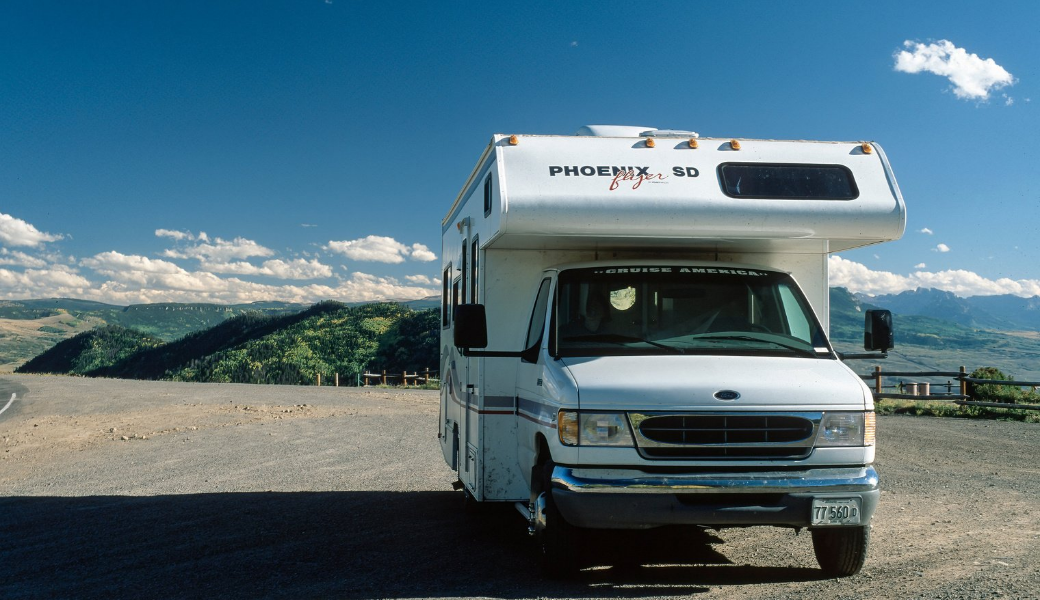Newly Released 2020 Government Data Shows Increased Economic Impact Of The RV Industry

Last week, the U.S. Bureau of Economic Analysis (BEA) released statistics measuring the outdoor recreation economy for the United States. While the outdoor recreation economy as a whole decreased by 19% from 2019 to 2020, the RV segment of the industry increased by more than 5% in the same period. These new numbers align with industry data that showed a 6% increase in RV shipments in 2020 as compared to 2019.
According to the government data, outdoor recreation activities fall into three general categories: conventional activities (such as bicycling, boating, hiking, RVing, and hunting); other core activities (such as golf, tennis, amusement parks, and outdoor concerts); and supporting activities (such as construction, travel and tourism, local trips, and government expenditures). While some of the conventional outdoor recreation activities—like RVing and boating—saw increases in 2020, other segments saw decreases due to the pandemic.

Supporting activities, particularly travel and tourism-related activities, declined in 2020 during the COVID-19 pandemic as consumers traveled less and reduced spending at hotels and restaurants. Similarly, a decrease in the topline outdoor recreation number was driven by lower spending at amusement parks, water parks, festivals, sporting events, and outdoor concerts.
“2020 was a challenging year for everyone, and the outdoor recreation industry was no exception. Even with the incredible number of people turning to RVs and outdoor recreation in 2020, it was impossible to overcome the economic losses resulting from the entire US economy coming to a screeching halt in the spring of 2020, including closed campgrounds and suspended operations at RV dealerships and RV manufacturing plants,” said RV Industry Association Vice President of Government Affairs Jay Landers. “The good news is that nearly 20% more RVs will be built in 2021 than in any prior year and the streak is expected to continue into 2022. This bodes well for the future of not only the RV industry but the wider outdoor recreation economy as a whole.”
As represented in the chart above, boating/fishing and RVing were the two largest contributors to the outdoor recreation economy. RVing was the second-largest conventional activity nationally and was the largest conventional activity in five states. The largest contributors were Indiana ($3.4 billion) and Texas ($1.7 billion).
The full data from the U.S. Bureau of Economic Analysis, including breakdown by state, can be viewed here.
Please Sign in to View
Log in to view member-only content.
If you believe you are receiving this message in error contact us at memberservices@rvia.org.
